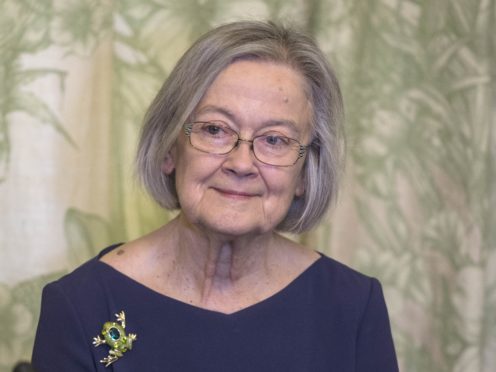The UK’s most senior judge has highlighted a storyline in The Archers when reviewing the development of the law relating to women’s rights during a lecture.
Lady Hale, president of the Supreme Court, twice mentioned the BBC Radio 4 soap opera’s 2016 account of domestic violence involving fictional couple Rob Titchener and Helen Archer when delivering a lecture to lawyers called Celebrating Women’s Rights.
She outlined a number of issues when discussing the development of the law over the past three decades in a talk at the Birmingham Law Society.
Lady Hale, the most senior woman judge in British history, referred to the storyline when explaining how the law had historically failed to recognise that domestic abuse might cover controlling behaviour other than physical violence and the phenomenon of women being so oppressed by their abuser that they felt unable to escape.
“Women are afraid of many more subtle forms of behaviour – the forms of behaviour which listeners to The Archers heard over many months in 2016 – cutting off contact with friends and family, constant belittling, destroying confidence, depriving of money and employment outside the home, rendering powerless,” she said.
The Archers wins Outstanding Contribution Award for the Rob and Helen storyline and we are thrilled #thearchers https://t.co/6stoH8fx8K pic.twitter.com/yll8BX2Y3A
— The Archers (@BBCTheArchers) February 4, 2017
“Mention of The Archers of course leads to the other problem which was just beginning to be recognised in 1984 – the phenomenon of women who were so oppressed by their abuser that they felt unable to escape and seek help elsewhere and were eventually driven to attack or even kill him.”
Lady Hale said no-one could claim that the battle for women’s rights was over but she said there were “many reasons to be cheerful”.
“There are now far more women in senior ranks in the public sphere,” she said.
“Feminist legal studies are taken seriously in university law schools – they are not just the preserve of a few weird women meeting in a basement room at the LSE (London School of Economics).”
She said “serious analysis” of issues would continue.
The text of her lecture has been posted on the Supreme Court website.
In 2016, officials at a specialist organisation set up to safeguard the interests of children embroiled in family court proceedings said the storyline featuring Rob and Helen was “intelligent” and “welcome”.
Bosses at Cafcass – the Children and Family Court Advisory and Support Service – said the storyline raised awareness of family, social and legal issues which affected many people.
